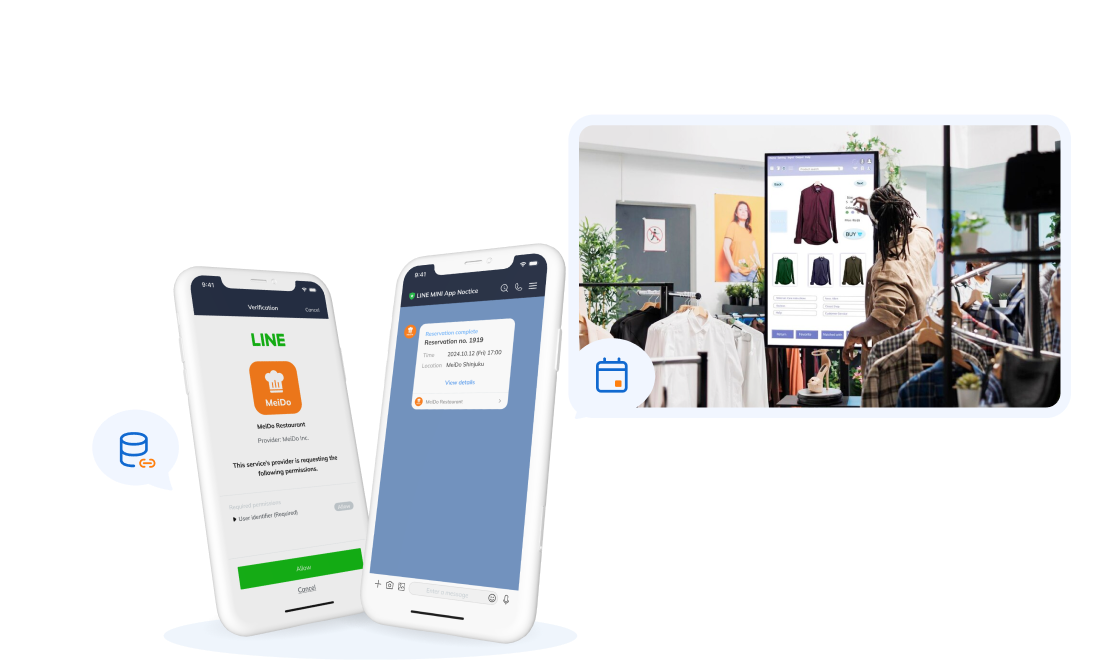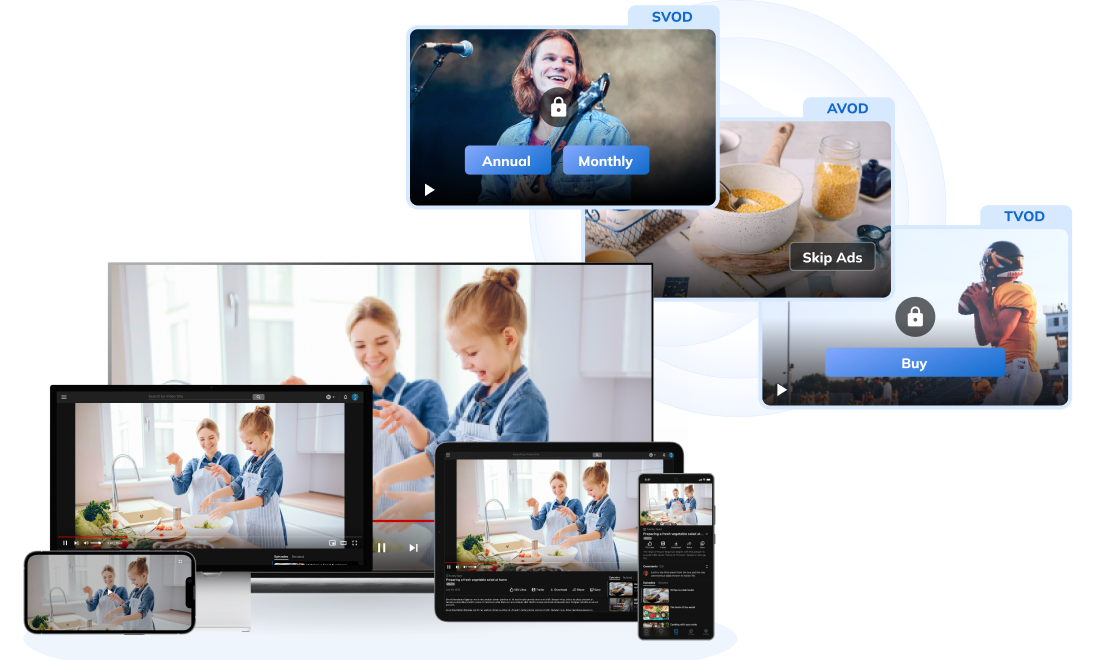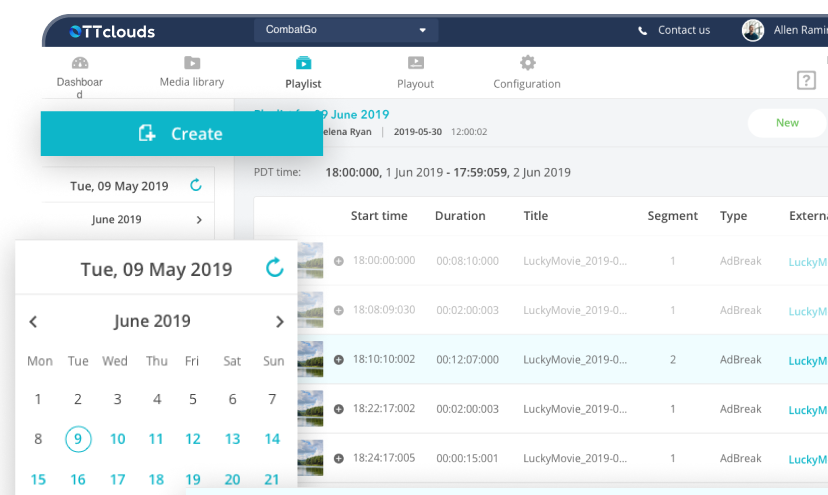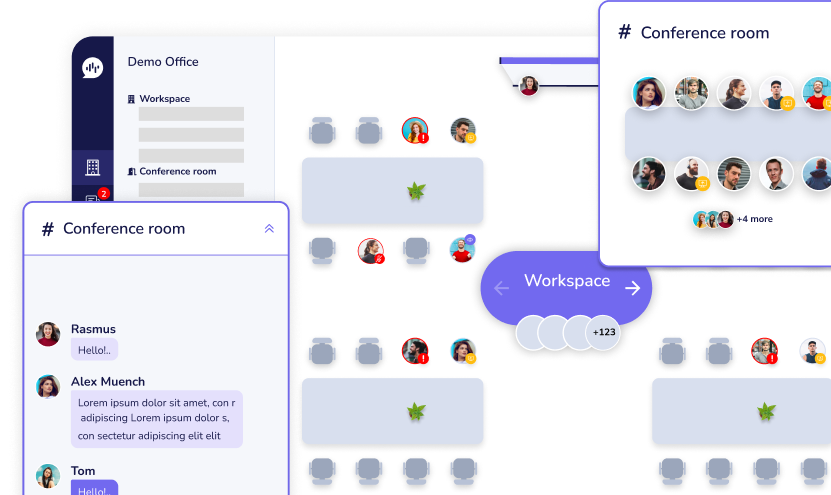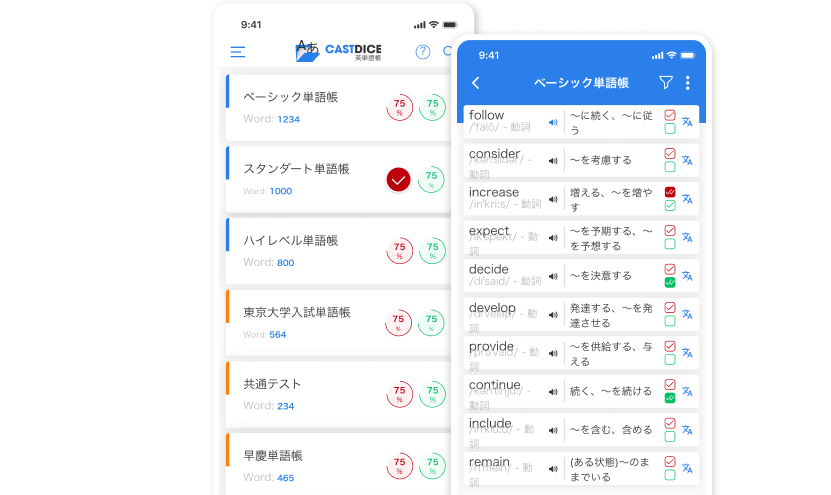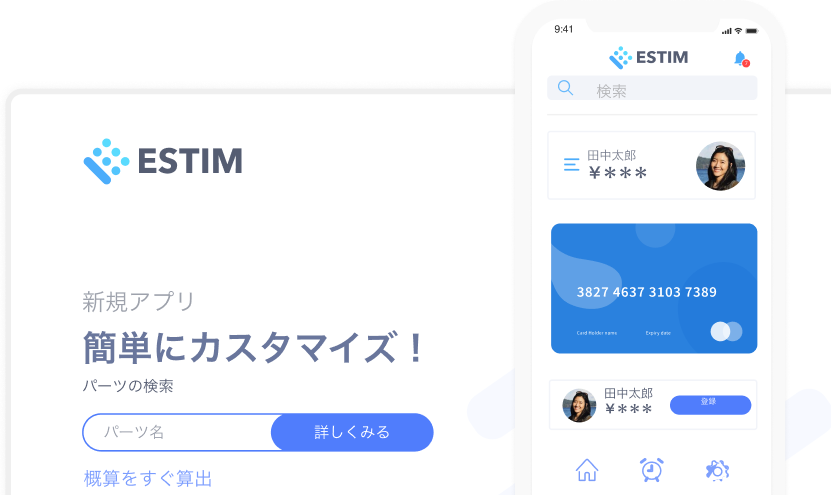Key Considerations When Planning Restaurant Mobile App Development
06/08/2025
763
Table of Contents
In a world where your next customer is more likely to be holding a smartphone than a physical menu, a restaurant mobile app has shifted from a novelty to a necessity. The digital storefront is now as crucial as your physical one. Let’s explore how a restaurant mobile app development unfold.
While third-party delivery giants once seemed like the only way to play the digital game, savvy restaurant owners are now taking back control, building their own branded experiences to foster loyalty and drive sustainable growth.
Why Restaurant Mobile App is Necessary for your Business
The way customers interact with restaurants has fundamentally changed. The convenience of browsing, ordering, and paying from a mobile device has created a new standard of expectation. A report from Statista highlighted that:
- Revenue in the Online Food Delivery market is projected to reach US$1.39tn in 2025.
- Revenue is expected to show an annual growth rate (CAGR 2025-2030) of 7.64%, resulting in a projected market volume of US$2.02tn by 2030.
- With a massive portion of that activity happening on mobile devices.
Relying solely on third-party platforms like Uber Eats, DoorDash, or GrabFood is a risky strategy. While they offer visibility, they come at a steep price:
Crushing Commission Fees: These platforms can charge commissions ranging from 15% to as high as 30% per order, eating directly into your already thin profit margins.
Loss of Customer Data: When a customer orders through a third-party app, they are their customer, not yours. You lose access to valuable data about ordering habits, preferences, and contact information, making it impossible to build a direct relationship.
Brand Invisibility: On a third-party marketplace, your restaurant is just one logo among a sea of competitors. You have little to no control over the user experience, branding, or how you are presented.
A dedicated mobile app flips this dynamic. It becomes your own digital channel, a powerful tool for controlling your brand narrative, cultivating customer loyalty through personalized experiences, and ultimately, growing your sales on your own terms.
Define Your Business Goals First
Before you you start restaurant mobile app development, you must answer one critical question: What is the primary purpose of this app? A clear objective will guide every decision you make, from features to design to marketing. Don’t build an app simply because it’s trendy; build it to solve a specific problem for your business and your customers.

Consider these common goals for a restaurant app:
- Streamline Online Ordering & Delivery: This is the most common goal. An app can provide a seamless, branded ordering experience, cutting out the costly middleman and giving you full control over the process from order placement to fulfillment.
- Boost Customer Loyalty & Retention: An app is the perfect vehicle for a digital loyalty program. You can reward repeat customers with points, exclusive offers, and tiered benefits that keep them coming back. According to the National Restaurant Association’s State of the Restaurant Industry report, 78% of customers say they are more likely to visit a restaurant where they can earn points, even if it isn’t as convenient.
- Manage Table Reservations or In-Store Pickup: For dine-in establishments, an app that allows customers to book a table in advance can reduce wait times and improve staff efficiency. Similarly, offering a “click-and-collect” option for in-store pickup is a huge convenience for busy customers.
- Create a Direct Marketing Channel: Push notifications are a game-changer. Imagine being able to send a notification about a “Happy Hour” special on a slow Tuesday afternoon or promote a new menu item directly to your most loyal customers’ phones. This direct line of communication is incredibly powerful and cost-effective.
Tip: Be clear on what problems the app should solve, don’t just build for the sake of trend. A focused app that does one thing exceptionally well is far better than a bloated app that does many things poorly.
What Do Your Customers Expect from a Restaurant Mobile App development?

Modern diners have high expectations for app usability and convenience. Speed and simplicity are critical in a recent survey 94% of consumers said ‘speed’ of ordering was a top priority. Customers want apps that load quickly, present menus clearly, and let them complete actions with minimal taps.
For example, one-click reordering (where a past order can be placed again instantly) or QR-code “scan to order” menus greatly streamline the process. In short, the user interface (UI) must be fast, intuitive, and mobile-optimized.
Other conveniences in restaurant mobile app development keep people coming back. As noted above, loyalty points and exclusive in-app deals are very compelling with 78% of diners favoring restaurants where they can earn rewards. Likewise, personalized recommendations or easy search (by cuisine or dietary preference) can enhance the experience. The app should also feel complete: customers expect to view their order history, saved payment methods, and loyalty status. Integrations like order tracking, real-time table wait estimates, or mobile tipping can further raise satisfaction.
Must haves vs. Nice to haves of restaurant mobile app development: At launch, prioritize a smooth core experience: fast menu browsing, simple one-page checkout, and secure payments. Fancy features (AR menu previews, video chat support, etc.) should come later. Listen to early users, if many requests mention split-bill or voice ordering, those can be added in updates.
Which Restaurant Mobile App Development Approach Is Right for You?
There are three main paths to getting an app:
- Custom-built app: You hire developers (in-house or outsourced) to build a unique app from scratch. This offers maximum flexibility, true brand uniqueness, and full data ownership. However, it requires more time and up-front budget. You’ll need to manage the development process closely and plan for long-term maintenance.
- SaaS solution: A pre-built app platform that you brand as your own. Vendors often allow quick launch and lower initial cost, since the core app is already built. You get a customizable look and the basics (menu, ordering, payments) for less. The trade-off is less flexibility, you may be limited to features the vendor supports, and often pay ongoing subscription/licensing fees. Also, you don’t truly own the code or data handling.
- Third-party marketplace/aggregator: Multi-restaurant ordering platforms (UberEats, DoorDash, Grabfood). This is the quickest way to go live online, but you’ll pay high commissions and lose brand control. Not only that, you are up against many other competitors on the same app. This approach is best only as a supplement, not a replacement for your own branded app.
In choosing, you should weigh between costs vs. control. If you go with a white-label app, you’re essentially using a pre-built app template provided by a vendor, which you can customize with your own logo, colors, and branding. This option is usually faster and cheaper to launch than building a custom app from scratch. You don’t have to reinvent the wheel because most features like menu browsing, ordering, and payments are already included. But ensure your brand and data remains your own.
A fully custom app costs more but can scale exactly as you need (especially if you plan to add unique features later). Think long-term: owning your app typically costs more upfront but can pay off in loyalty and margins.
What to Look For in an Outsourcing Partner
If you decide to hire an external development team, choose wisely. Key factors include:
- Food-industry experience: Look for developers who have worked with restaurants or hospitality clients. They’ll better understand your workflows (menus, kitchens, POS integration) and common restaurant pain points.
- Strong UI/UX design: The app’s interface should be professional, inviting, and easy to use. Ask for examples of their previous work, ideally in similar industries to ensure they can design a clean, intuitive app.
- Transparent pricing and timeline: Reputable vendors provide a clear project plan and fixed bid or well-defined hourly estimates. Get milestones and a delivery schedule in writing. Beware of “hidden costs” ensure support/maintenance fees are spelled out.
- Ongoing support and maintenance: An app is never truly finished. You want a partner who will be available to fix bugs, apply updates (e.g. new OS versions), and help add features over time. Check if they offer post-launch support or a retainer arrangement.
- Case studies and references: Ask to see case studies or speak with past clients. Successful restaurant app launches or positive reviews from other brands will give confidence. Look for partners who have highlighted measurable results.
Choosing a highly-experienced partner like SupremeTech is as important as the idea itself. A knowledgeable team will guide you on architecture (native vs. hybrid app, PWA option), compliance, and industry best practices, helping avoid costly mistakes.
Navigating the Challenges of Restaurant App Development
Developing a restaurant mobile app for an enterprise chain comes with several common challenges. Awareness early on ensures you can manage risks and build a robust, user‑friendly product.
1. Integration with Existing Systems
A major technical hurdle is integrating your app seamlessly with in‑place systems like Point of Sale (POS), inventory tracking, and CRM. Inconsistencies between systems can lead to incorrect menu data, stock errors, delayed order updates, and staff frustration.
Solution: Prioritize APIs that connect smoothly with your existing systems and consider cloud-based architecture that ensures real-time synchronization
2. Handling Peak Traffic & Scalability
Apps often experience surges during peak meal times or promotional events. Without proper infrastructure, performance will degrade, leading to slow response times or outages.
Solution: Use scalable cloud-based servers, load-balancing, and rigorous stress testing under simulated high-traffic conditions. Monitor app performance continuously to prevent downtime during critical periods
3. User Adoption & Promotion
Even a well-built app won’t succeed without user adoption. Customers may be hesitant to download yet another app or worry about privacy and data entry.Solution: Ensuring Security & Compliance by choosing a trustworthy IT outsourcing company. In addition, developers already know how to adopt best practices early and continuously. Run effective app-store optimization, use in-store signage and QR codes, offer discount, and promote via email, SMS to existing customers. Make the value clear to encourage downloads and use.
Summary Table of Key Challenges & Solutions:
| Challenge | Why It Matters | Recommended Solution |
| POS/Inventory Integration | Prevents order and stock mismatches | Strong APIs, cloud sync, vendor flexibility |
| Poor UX / Complex Interface | Leads to low engagement and high abandonment | Prioritize simplicity, early user testing |
| High Traffic & Scalability Issues | Causes slow performance or downtime at peak usage | – Cloud-based servers – Performance testing- Continuous monitoring |
| Data & Payment Security Risks | Liability for breaches and brand damage | – Secure protocols – Encryption – Compliance standards |
| Too Much Customization Complexity | Overwhelms users and complicates kitchen workflows | – Limit options – Guide user choices – Use recommendation logic |
| Device & Platform Testing | Inconsistent performance across OS versions and devices | Test on emulators and real devices frequently |
| Low User Adoption | App fails to reach critical mass of users | – Incentives – Clear value messaging – In-store promotion |
| Partner Expertise & Reliability | Development delays, misalignment, or hidden costs | – Review case studies – Ask technical questions – Confirm ongoing support |
| Market Saturation / Differentiation | Hard to attract customers in a sea of existing apps | – Add branded loyalty – Personalization – Integrated features |
| Ongoing Maintenance Needs | Apps become outdated quickly without consistent updates | Plan support contracts and phased feature rollouts |
Lessons Learned from Unsuccessful Restaurant Apps
1. Ando: David Chang’s Delivery‑Only Restaurant App
Ando was created in 2016 by famous chef David Chang (founder of Momofuku) as a delivery‑only restaurant brand in New York City, accepting orders via its own mobile app and website, with delivery handled by UberRUSH. It gained significant attention and raised about $7 million in funding. Despite the buzz, by early 2018 Ando was acquired by Uber Eats and shut down as a standalone brand.
Why Ando Failed:
- Limited scale and delivery-only model: Operating only in limited zones without physical dining locations made it hard to build broad customer loyalty.
- Low user adoption beyond early adopters: Despite backing from a high‑profile chef and investors, the app did not achieve mainstream traction.
- No long-term differentiation or experience: Without sit-down experience or a broader brand ecosystem, its novelty faded quickly.
- Acquisition rather than growth: Uber Eats acquired and absorbed Ando, effectively ending its app as a separate entity suggesting it underperformed as a standalone digital brand.
Lesson: A novel concept and strong branding don’t guarantee long-term success. Without sufficient distribution, differentiation, and repeated customer experience, app-only formats can struggle to scale.
2. GarfieldEats: A “Entertainment + Ordering” Themed App

GarfieldEats launched in 2018 as a Garfield-themed ghost kitchen and delivery app across cities like Toronto, Dubai, and London. Through its own branded app, customers could order Garfield‑branded food and even play games or watch Garfield cartoon episodes while ordering. Despite the creativity, the brand shut down by late 2020, ceasing both the restaurant and app operation.
Why GarfieldEats Failed:
- Overly complex concept: Combining dining with gaming and branding added novelty but diluted focus on core food quality and ordering reliability.
- Poor economics and unprofitability: High overhead licensing costs, themed decor, app maintenance without sufficient volume undermined margins.
- Pandemic pressures and rent disputes: COVID‑19 shutdowns and financial issues like unpaid rent forced closures across locations.
- Low repeat usage or engagement: The app experience was more gimmick than utility; customers did not return regularly.
Lesson: Entertainment value and branding alone can’t sustain an app-driven dining concept. If food, app reliability, or repeat value are weak, novelty quickly wears off.
Build Smart, Grow Long-Term
Industry reports and expert analyses were used throughout for example, recent restaurant surveys show 75% of orders are now off-premises, top chains drive 60% of sales from repeat app users, and third-party delivery platforms charge roughly 15–30% fees. These trends underline why owning your app and engaging customers directly is now essential.
A great restaurant app is an investment, not a cost so you must start by choosing the IT partner wisely. When planned and executed well, it pays dividends in customer loyalty, data, and higher-margin sales. Remember that choosing the right development partner is as important as the app’s idea. Start with a clear vision and minimum viable features, then launch based on real customer use. Over time, the app will become a cornerstone of your brand’s experience.
📩 Read more articles about us here: https://www.supremetech.vn/blog/
☎️Contact us to see how we can support your loyalty app strategy.
Related Blog





